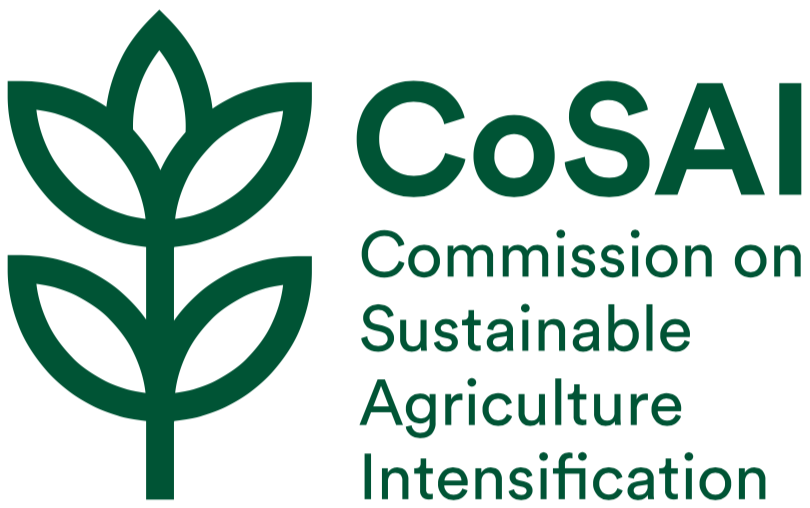Closing a modest investment gap will put hunger, climate and water action back on track to meet global goals
Voir les résultats en:
https://tapipedia.org/sites/default/files/p4336_cosai_brief_2_igs_v1.pdf

Licence de la ressource:
Droits soumis à la permission du propriétaire
Type:
note d'orientation
Auteur:
Commission on Sustainable Agriculture Intensification (CoSAI)

Αnnée de publication:
2021
Μots-clés:
investment
investment gap
zero hunger
Ressources associées
Priority investments for innovation in urban and peri-urban agriculture (UPA) and food systems in the Global South
By 2050, it is projected that nearly 70% of the global population will live in urban areas – up from 55% today. How can towns and cities be fed sustainably? And what does this urban growth mean for innovation priorities?...
Αnnée de publication:
2022Auteur:
Commission on Sustainable Agriculture Intensification (CoSAI)
- Upload file
COVID-19 impacts on women fish processors and traders in sub-Saharan Africa
The COVID-19 pandemic and accompanying responses to mitigate this global health crisis have resulted in substantial disruptions to demand, production, distribution and labor in fisheries, aquaculture and food systems. These disruptions have severely impacted women processors and traders, who play...
Αnnée de publication:
2021Auteur:
Atkins M.
Mcdougall C.
Cohen P. J.
- Upload file
Agricultural Knowledge and Information Systems in Europe
This brief explores the definition of Agricultural Knowledge and Information System (AKIS) and the inventory of AKIS in Europe.
Αnnée de publication:
2015Auteur:
Knierim, A.
Prager, K.
- Link to web resource
Sources of innovation in dairy production in Kenya
In times of market liberalization and structural adjustment, the agricultural sectors of developing countries face profound changes. To seize new market opportunities, farmers need to innovate. In order to innovate, farmers need new technologies and information on how to access...
Αnnée de publication:
2002Auteur:
Schreiber C.
- Link to web resource
Findings from the sector and multi-stakeholder consultations conducted in the framework of PAEPARD between 2010 and 2012
The organisation of sector and multi-stakeholder consultations was an integral part of the first phase of the PAEPARD II programme, covering the period 2009–2013. These consultations contributed to the overall objective of the programme, the reorientation of scientific and technical...
Αnnée de publication:
2017Auteur:
Flament J.
Félicité-Zulma D.
Mugabe J.
Kahane R.
- Link to web resource
